Dear friends, donors, loved ones, and all those who have been touched by the experience endured by
fellow humans who were greatly impacted by this storm, here’s the latest from on the ground in Western North Carolina:
As we laid out in our last update, over the past month our work shifted from the acute daily task of
bringing critical supplies towards more of the task of engagement into the coordinated efforts of several
organizations that have been extremely instrumental in the relief efforts here, specifically in the process of continuing to feed people and rebuilding and rehousing affected communities and individuals.
Life here, for many who were not directly physically impacted by the floods and winds that damaged
or destroyed houses, has somewhat returned to a general sense of normalcy. Many properties have been
cleared of debris, and roads and electric service generally restored. There are still impacts for us all with many businesses we once utilized being gone, hiking trails and parks we love still closed or permanently destroyed or covered in debris and downed trees, playgrounds and soccer fields flooded out, and crazy amounts of traffic because several key thoroughfares into and out of the region are still closed due to total washouts of bridges and interstate mountain passes, creating bottlenecks for both local and regional travelers.
However, for the most part, particularly since safe water was restored throughout the municipal
system in Asheville a few weeks ago (after being 6 weeks without potable water through the city, with
hotels and schools and restaurants closed), daily life is now stable, with many businesses reopened, and
commerce being restored. That being said, the storm damaged 120,000 homes in North Carolina alone, 6000 miles of roads, and 160 water and sewer systems, and so even after two months, the situation is very different for many of those who have not fared so well, whose homes were lost. And sadly, as we’ve acutely become aware, it could be a lot better if there was a greater response and adaptability with regards to government oversight, “red tape”, and the painfully slow changing of policies that are causing people to be still in a very precarious scenario, since many shorter term solutions to take care of basic needs get blocked by the authorities. As the winter cold has set in, we’ve desperately been trying to find solutions for people made homeless due to this storm. For people who own land or homes that were impacted, there’s been a mixed bag, because while an amazing amount of work has been done to bring temporary or long term solutions to them, such as repairing existing structures or building new ones--almost entirely by non-governmental organizations that have shown up to help--the situation particularly in Buncombe County, where Asheville sits, has been hampered due to overly strict permitting that limits many options. Since the mountains have never been hit by catastrophic damaging events or any mass casualty scenarios, there simply weren’t the systems in place to navigate the mid and long terms needs for this community to recover quickly. And for those people who were displaced but don’t own land or home the situation is really bad, and we are still assisting one particular couple who are living in a tent in a hidden place in the woods, baring the cold with the heaters and blankets and clothing we’ve given them. We’ve tried several options to get them somewhere more solid, but there’s a big list of people in this situation and not a lot of solutions.
Because while there are groups donating or building living structures, like hot tents with wood stoves,
campers, and tiny homes, for those without their own land, and a place to put something like that, they’re not able to receive that kind of support. Most of the hurricane shelters have closed down, and these people don’t want to be simply absorbed into the homeless community. As well, we heard that where private land was offered to put campers and tiny homes on to allow displaced people to live, the government shut it down, as they cite lack of septic or sanitary requirements, running water, public health concerns, etc. Essentially, they don’t want homeless encampments, and so people remain scattered and in a really difficult situation, basically falling into same problem that has created the already existent homeless crisis.
But all hope is far from lost, and some we’ve spoken to feel that come January 20th there may be some
shifts in the government that will help streamline some of the bureaucratic standstills. One of these is that FEMA is apparently in the process of redrawing the flood lines, but saying it’ll take them 18-24 months. This is unacceptable because before rebuilding of homes can fully happen in certain areas, the organizations we are working with have explained that they can’t confidently work until they know the locations of designated flood areas. If they don’t and build below where a key line ends up being drawn, than a house can be declared in a flood plain and have such high insurance costs that the owner would be essentially “under water” financially and also likely unable to sell. The hope is that pressure can be put on FEMA to streamline that process so that reconstruction can commence at a full scale. And since many areas and neighborhoods that flooded were nowhere near even the 500 year flood line, and people didn’t obviously have flood insurance, without knowing where the new lines will be drawn makes it very hard for people to know what to do on their property.
We have heard that even without an occupancy permit, because of stringent county building
regulations (since many properties were condemned by the county, but then subsequently repaired by
private groups after tearing out drywall and insulation quickly allowed structures to be saved before mold set in to the studs), generally the power company would not be able to turn back on electricity, but went ahead and provided power, knowing that people were now living again in these houses and needed heat. We don’t know if that is an exception or happening often, but while every day there are repairs and rebuilding efforts continuing, there are still entire neighborhoods waiting until the government gets their act together to enable approvals for permits and rebuilds. This particular neighborhood, called Beacon Village, is where this is a very clear issue. Here's a photo we took there last month:
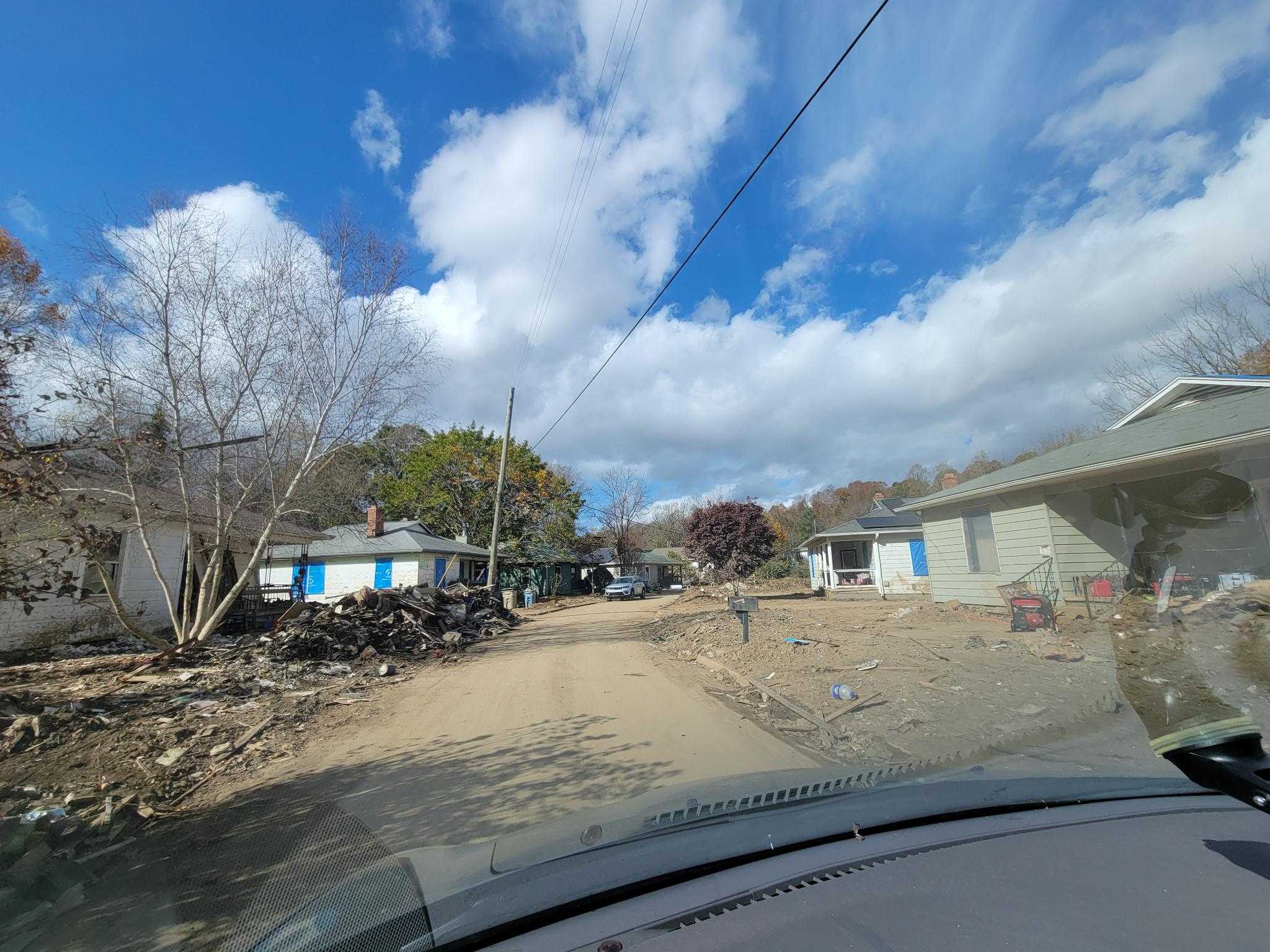
In terms of meeting daily needs of people who lost property and resources, churches that operated as
distributions hubs, like fire stations already did back in October, have consolidated their supplies, often to warehouses, and gone back, in many cases, to normal operations. There’s still organizations providing meals, several distribution hubs that have committed to continuing through the winter, and one particular location, called Blunt Pretzels, where we’ve been donating propane, is still serving food to hundreds every day, until the spring at least. Here’s a news story that features them: (https://www.pbs.org/newshour/show/north-carolina-residents-lean-on-community-help-as-they-struggle-to-rebuild-after-helene)
Our work currently is focused on continuing to provide people with fuel for cooking and heating,
coordinating with organizations to redistribute supplies and donations, and also to find and support those in need of housing as the winter sets in and Christmas is around the corner. We also continue to donate some of the resources we’ve received to individual’s fundraisers where we see the funds are greatly needed, as well as to provide holiday gifts for children who’s family are in dire need.
We are so grateful for the support you all have provided in this time, and the outpouring of love. All this is a community effort, it takes a village, it takes kindhearted people to generate this kind of response. We feel Appalachia changed the way humanity can truly respond to a catastrophe, and turn it around for the betterment of all humanity.
With heartfelt love,
Michael and Nadine


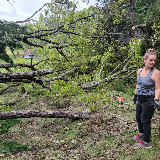
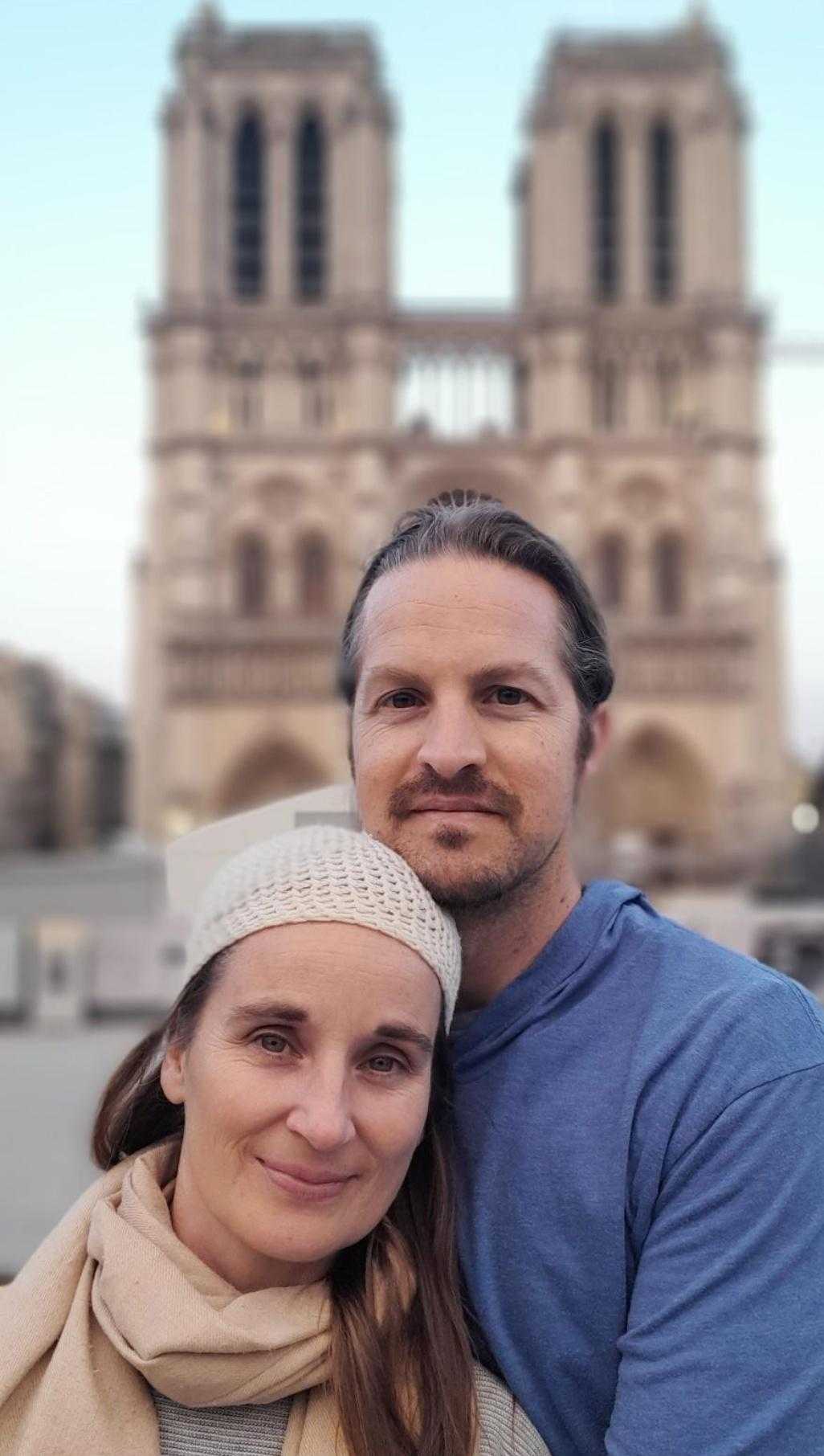

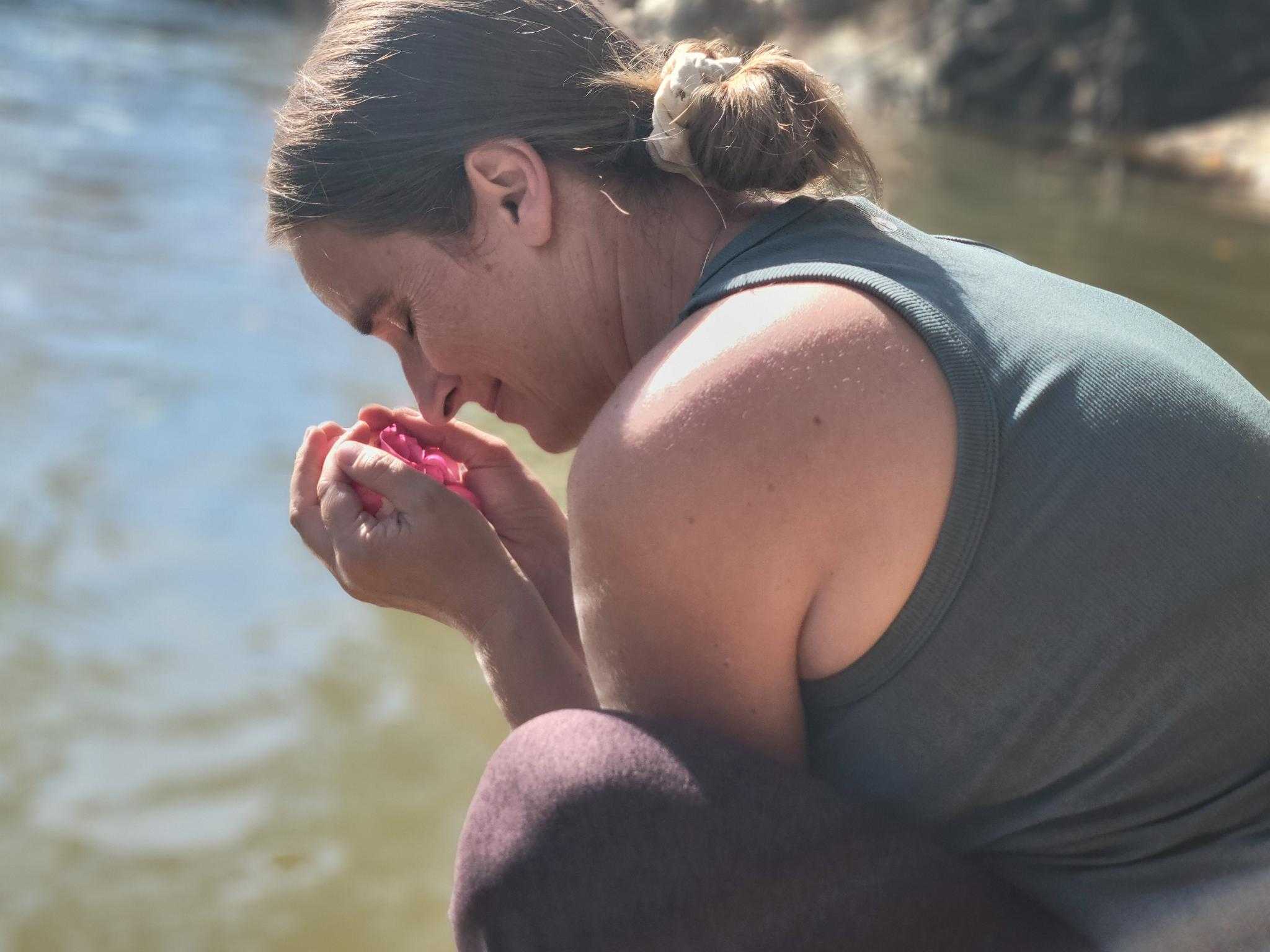
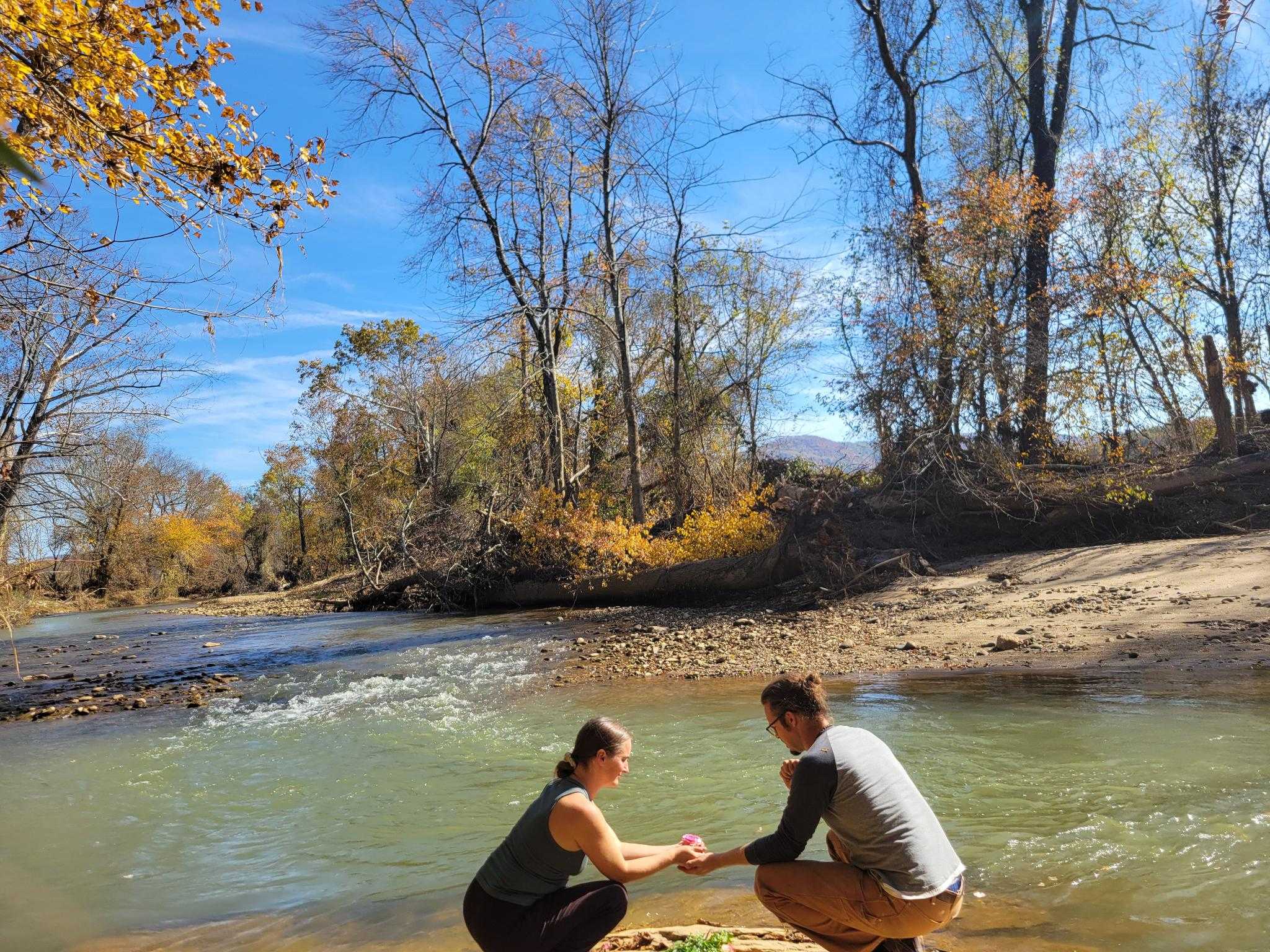
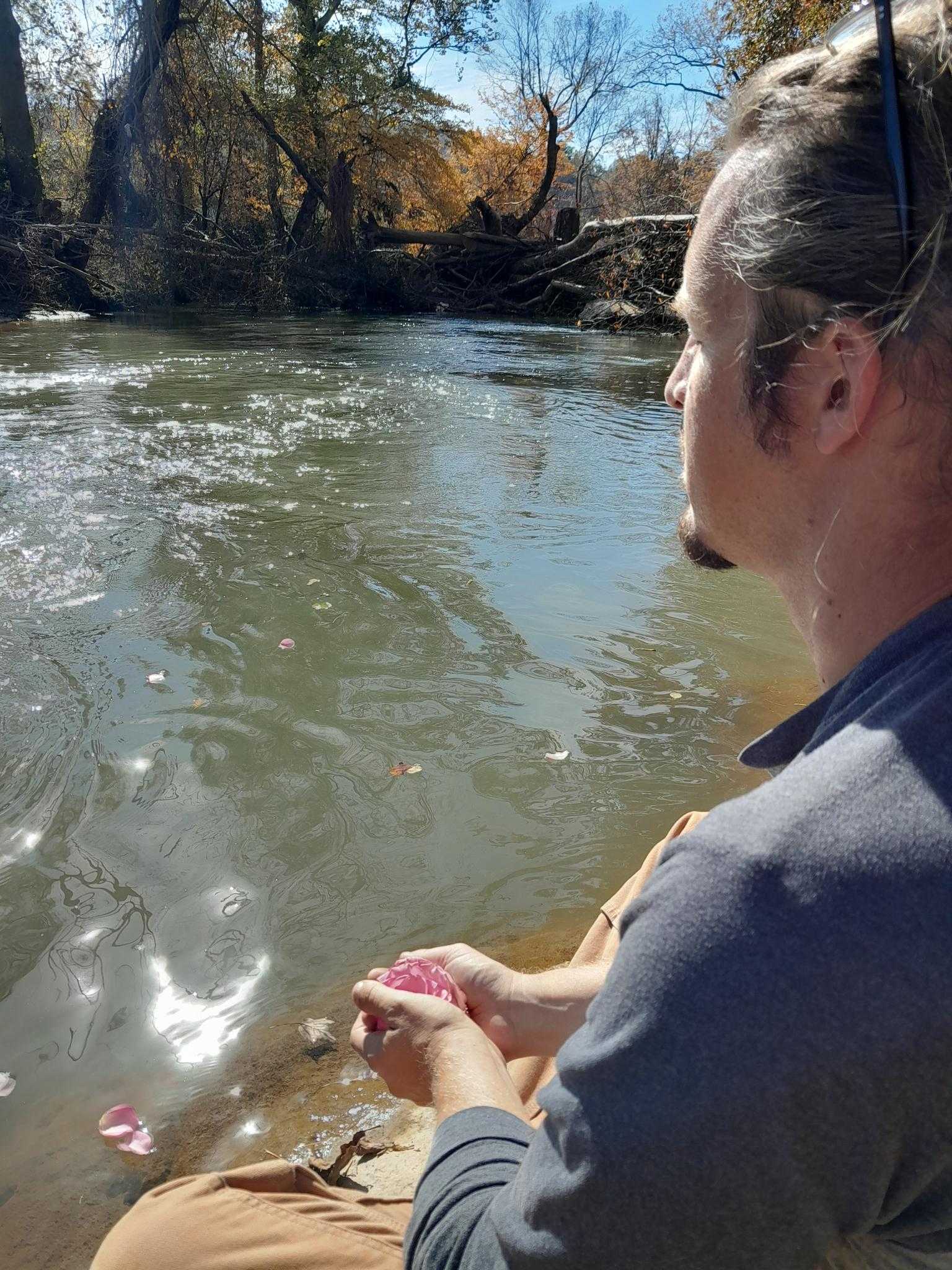

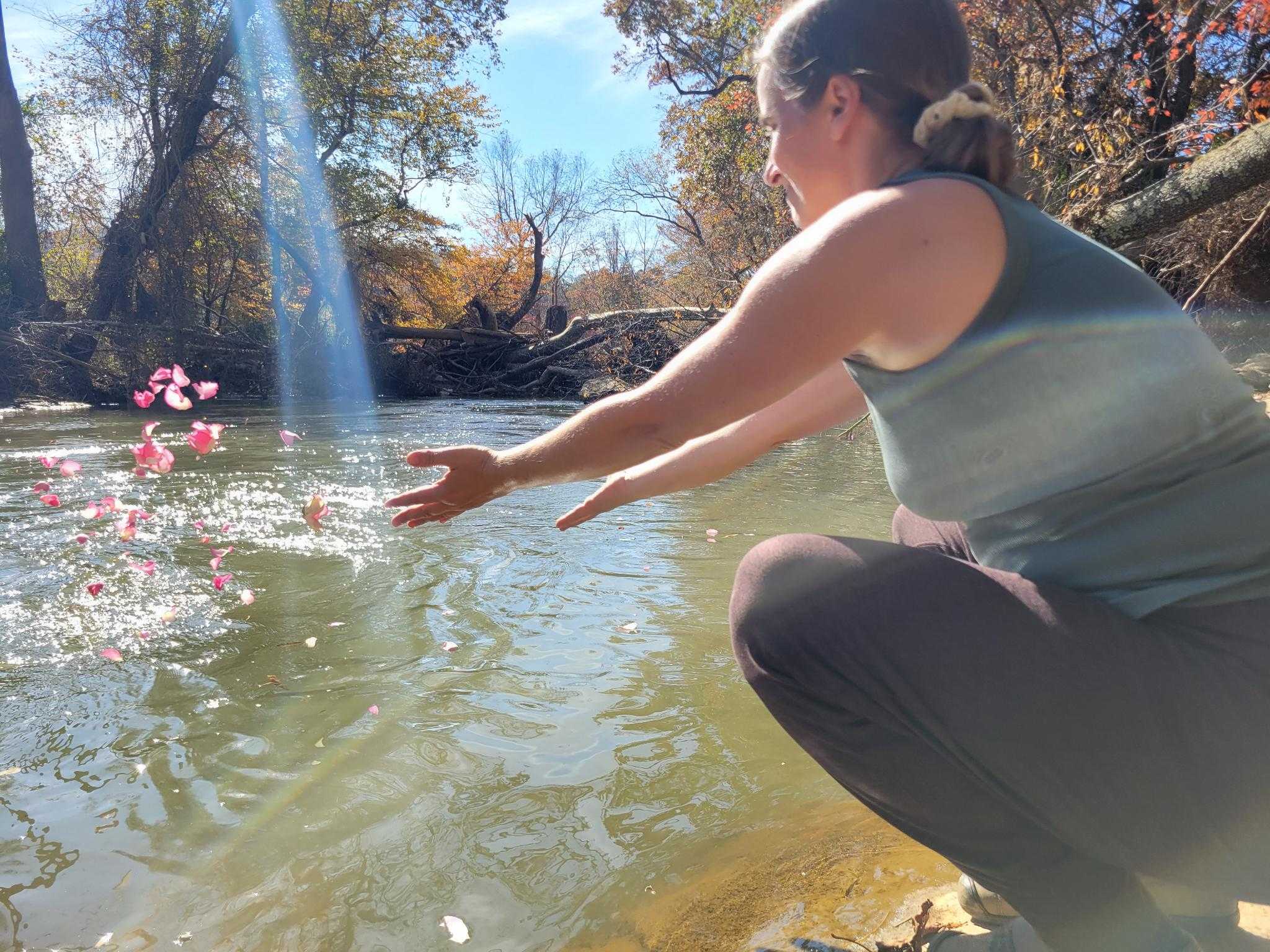
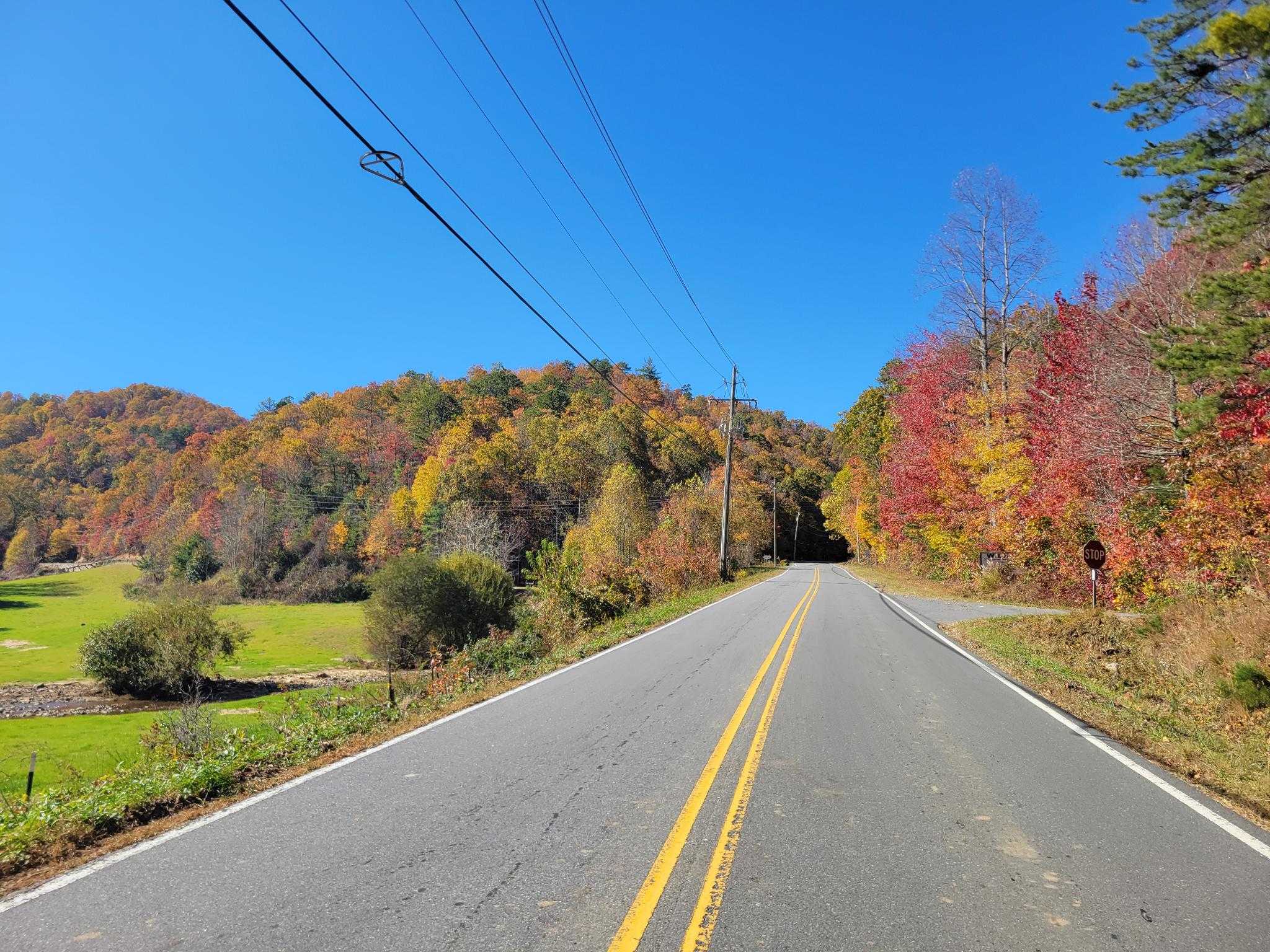
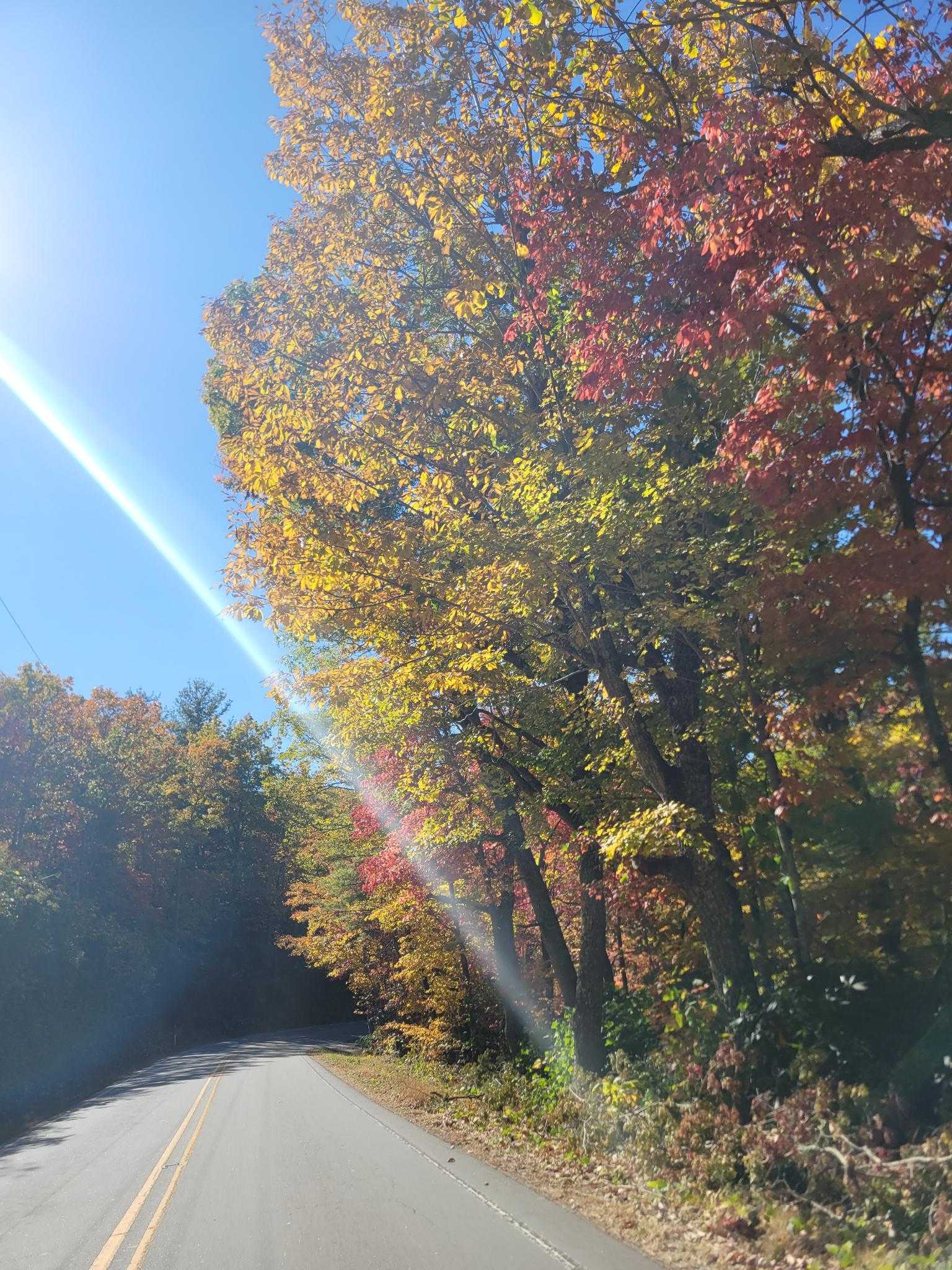
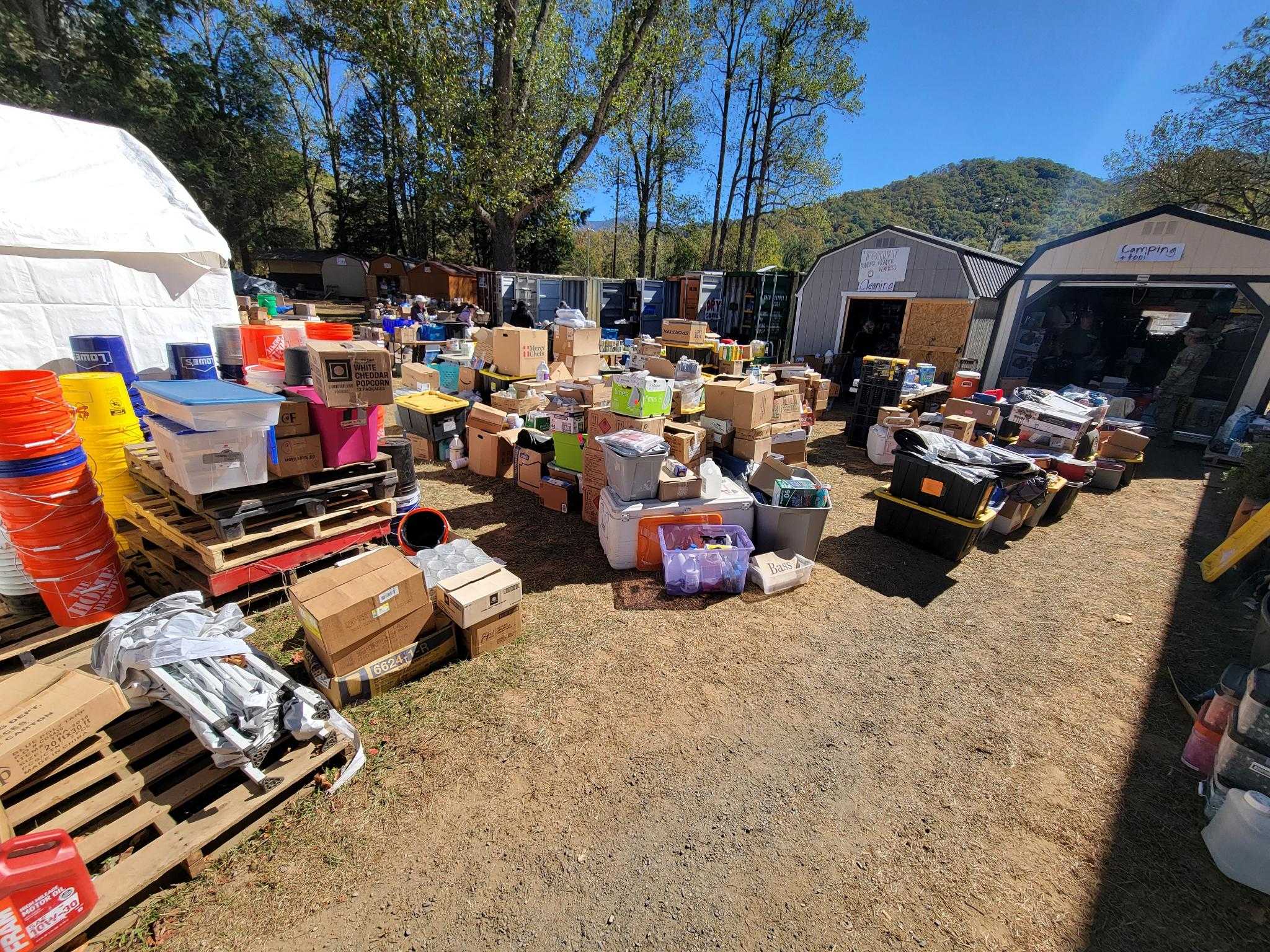 Distribution sites in Buncombe and Henderson County
Distribution sites in Buncombe and Henderson County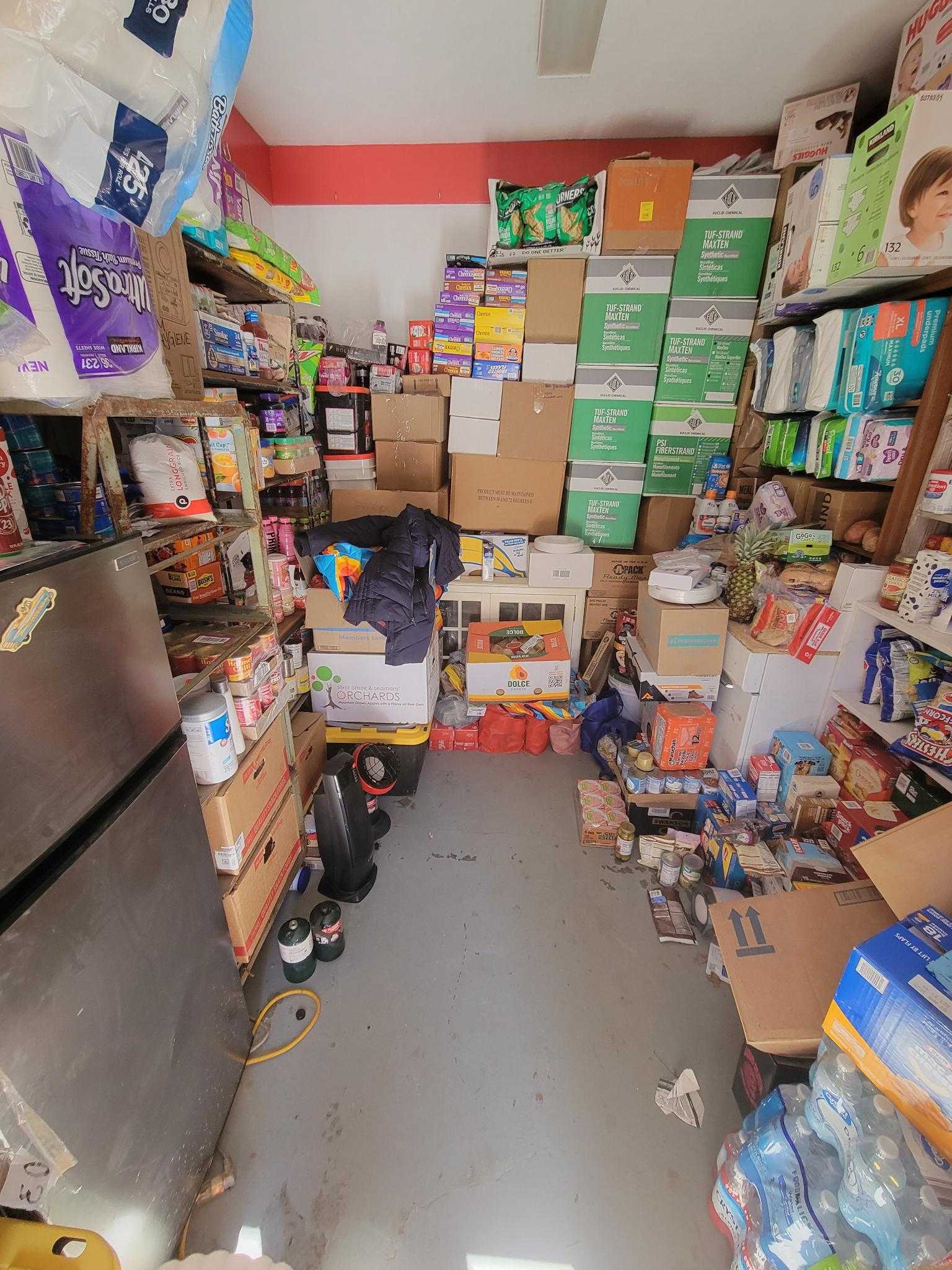
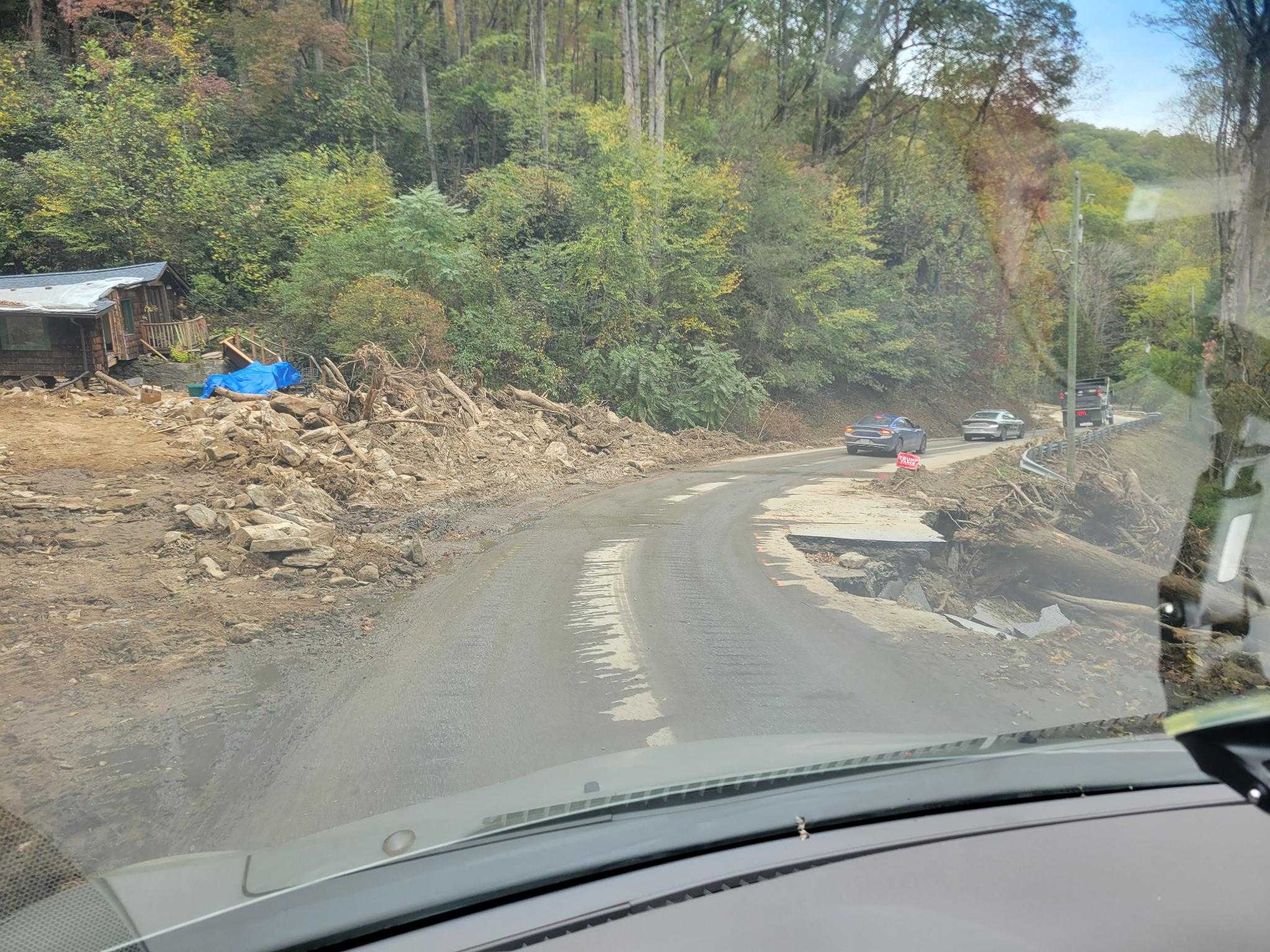 The road to Bat Cave, NC
The road to Bat Cave, NC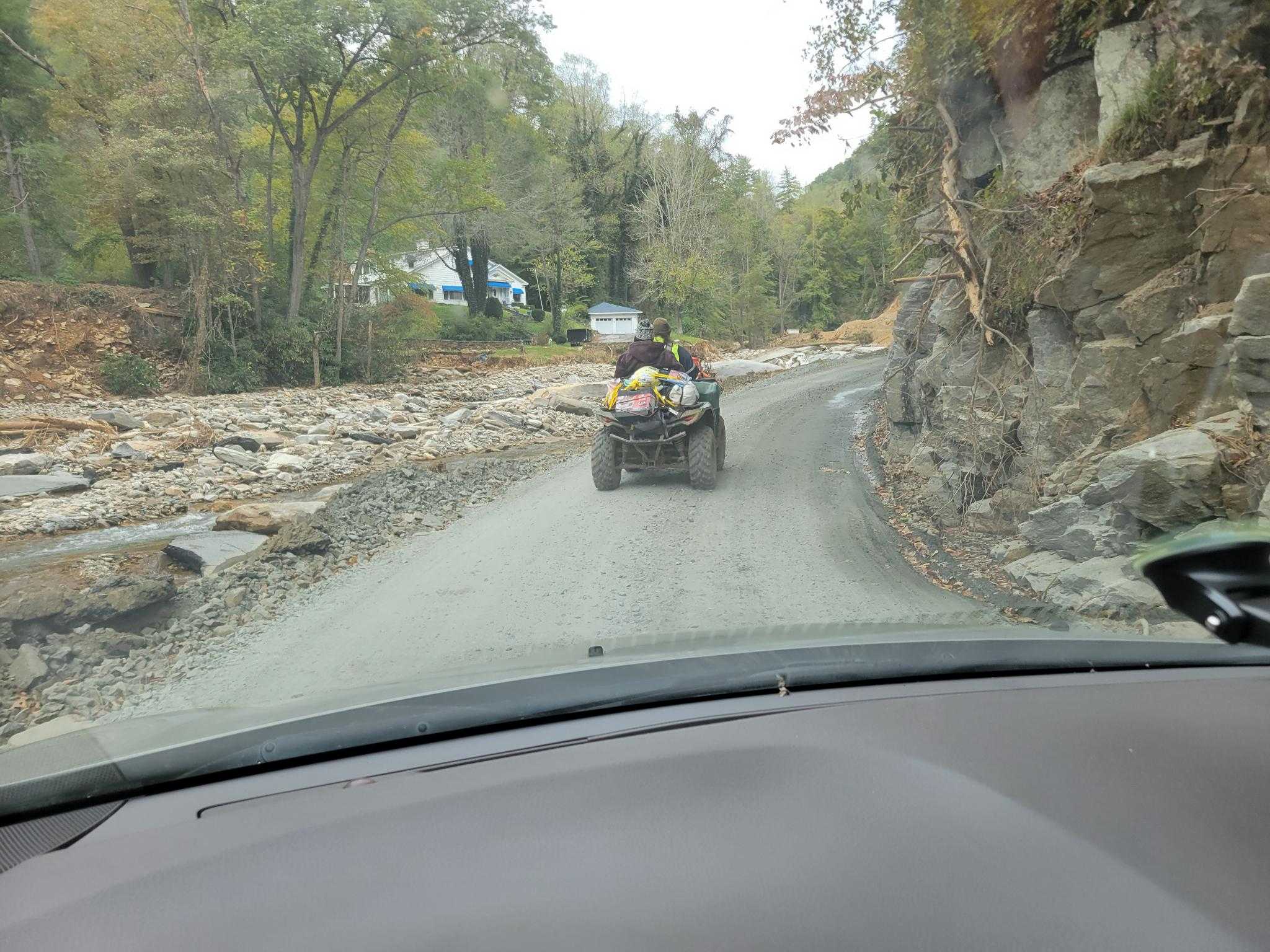 Following the man from Bat Cave Fire and Rescue up to Middle Fork (this is still on what used to be a two lane highway)
Following the man from Bat Cave Fire and Rescue up to Middle Fork (this is still on what used to be a two lane highway)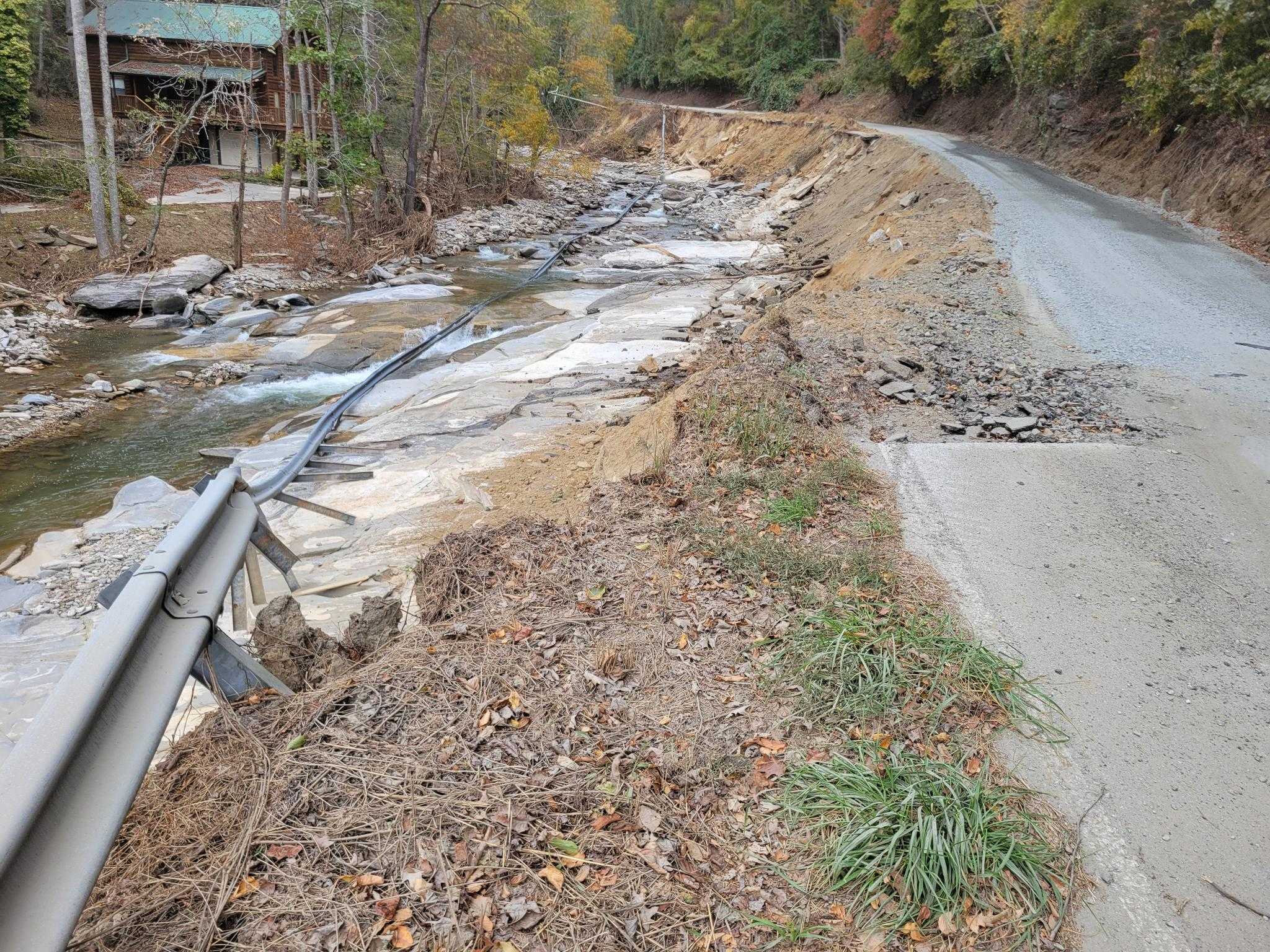 Another section of Hwy 74 en route to Bat Cave
Another section of Hwy 74 en route to Bat Cave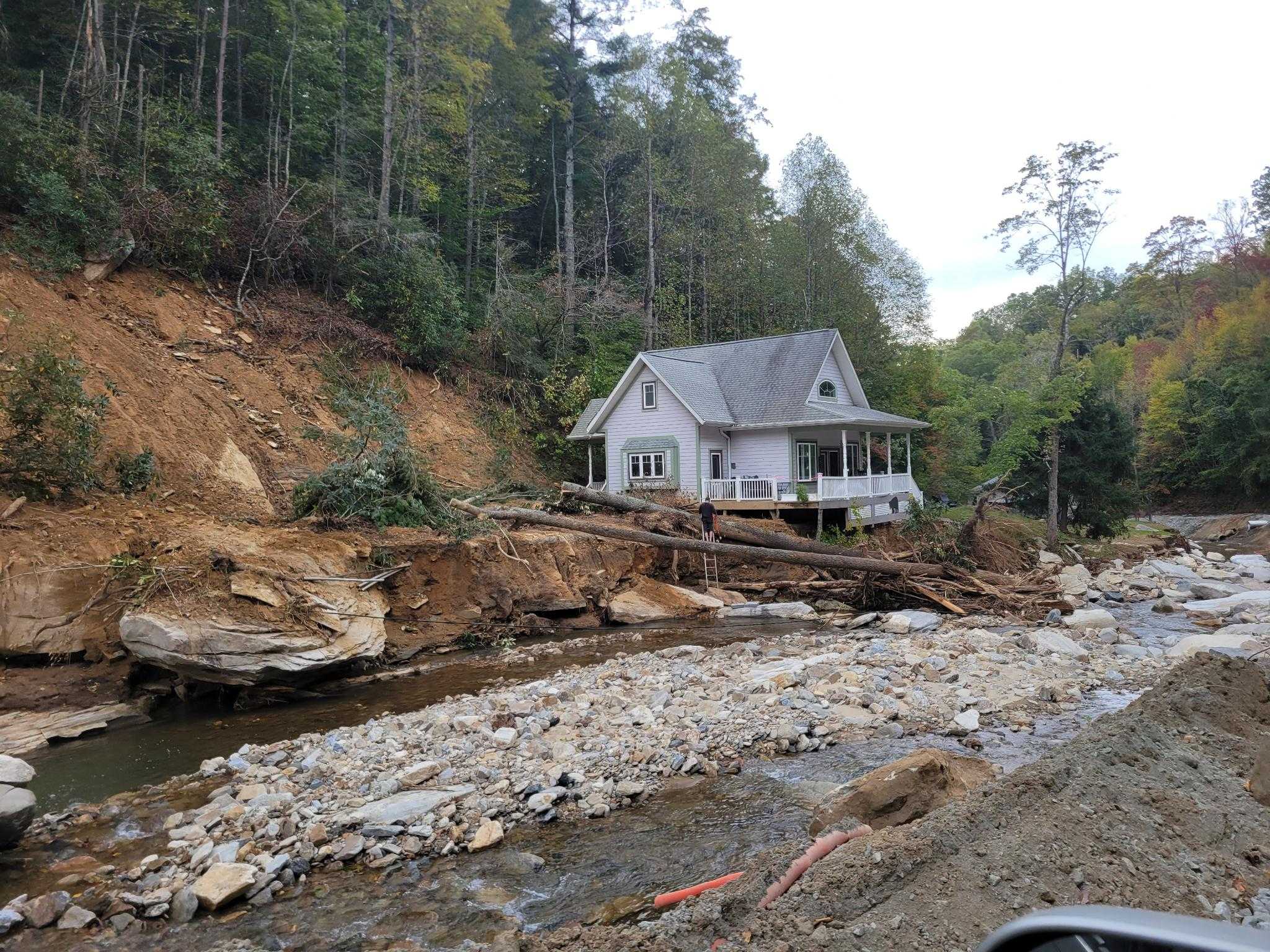 A house that barely survived a massive mudslide
A house that barely survived a massive mudslide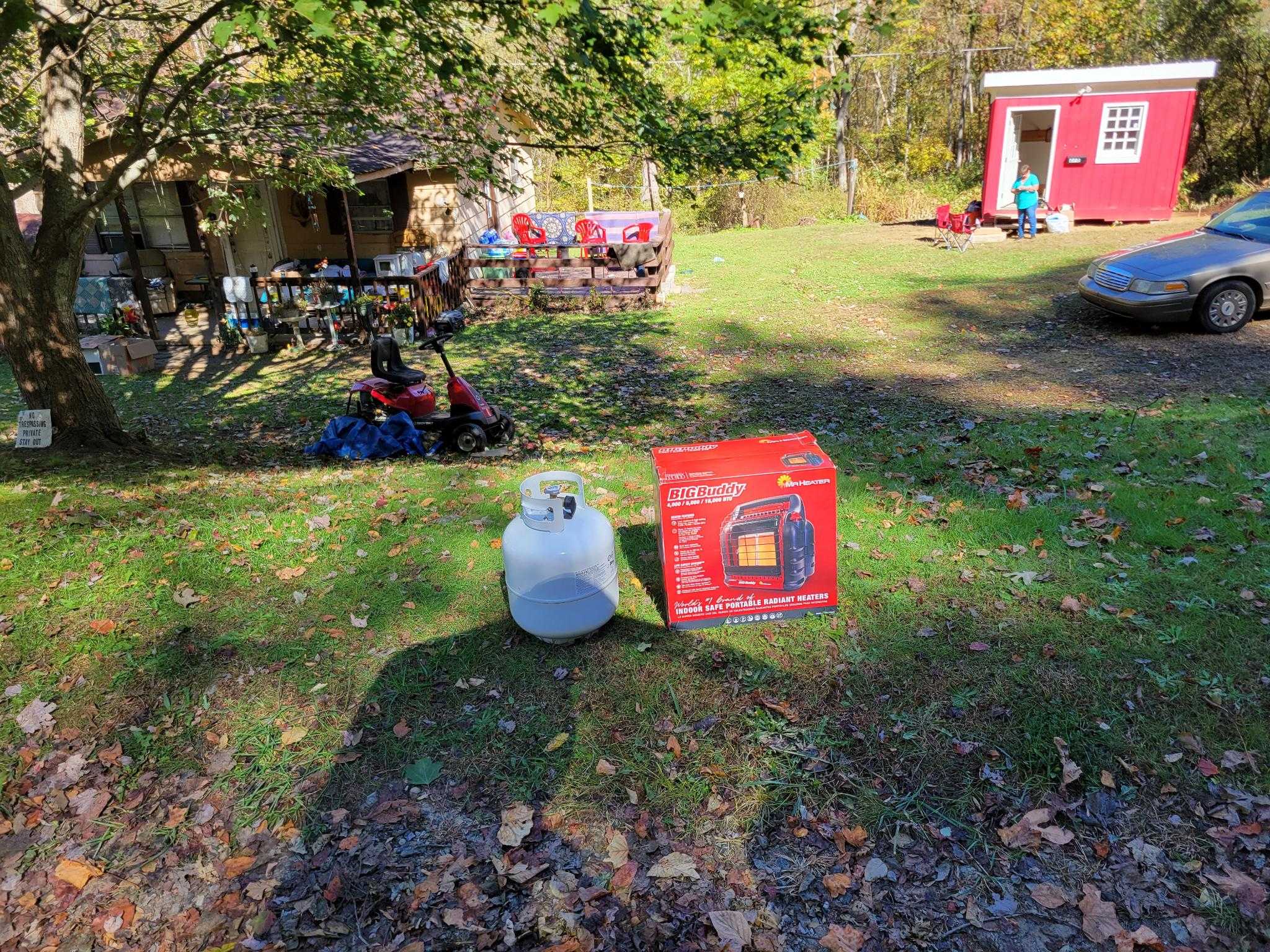 The hut that was donated in Barnardsville
The hut that was donated in Barnardsville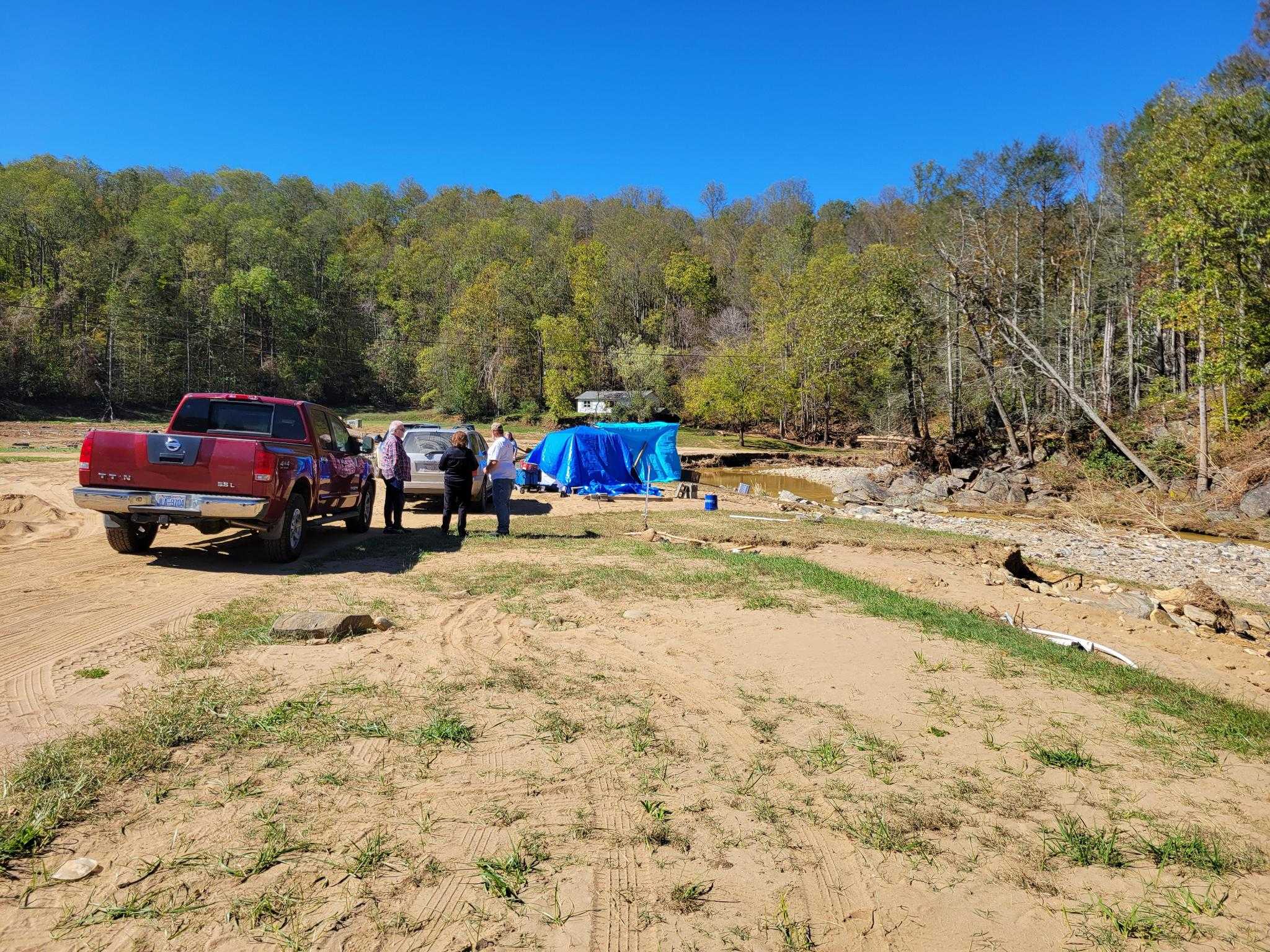 Tents where we brought heaters
Tents where we brought heaters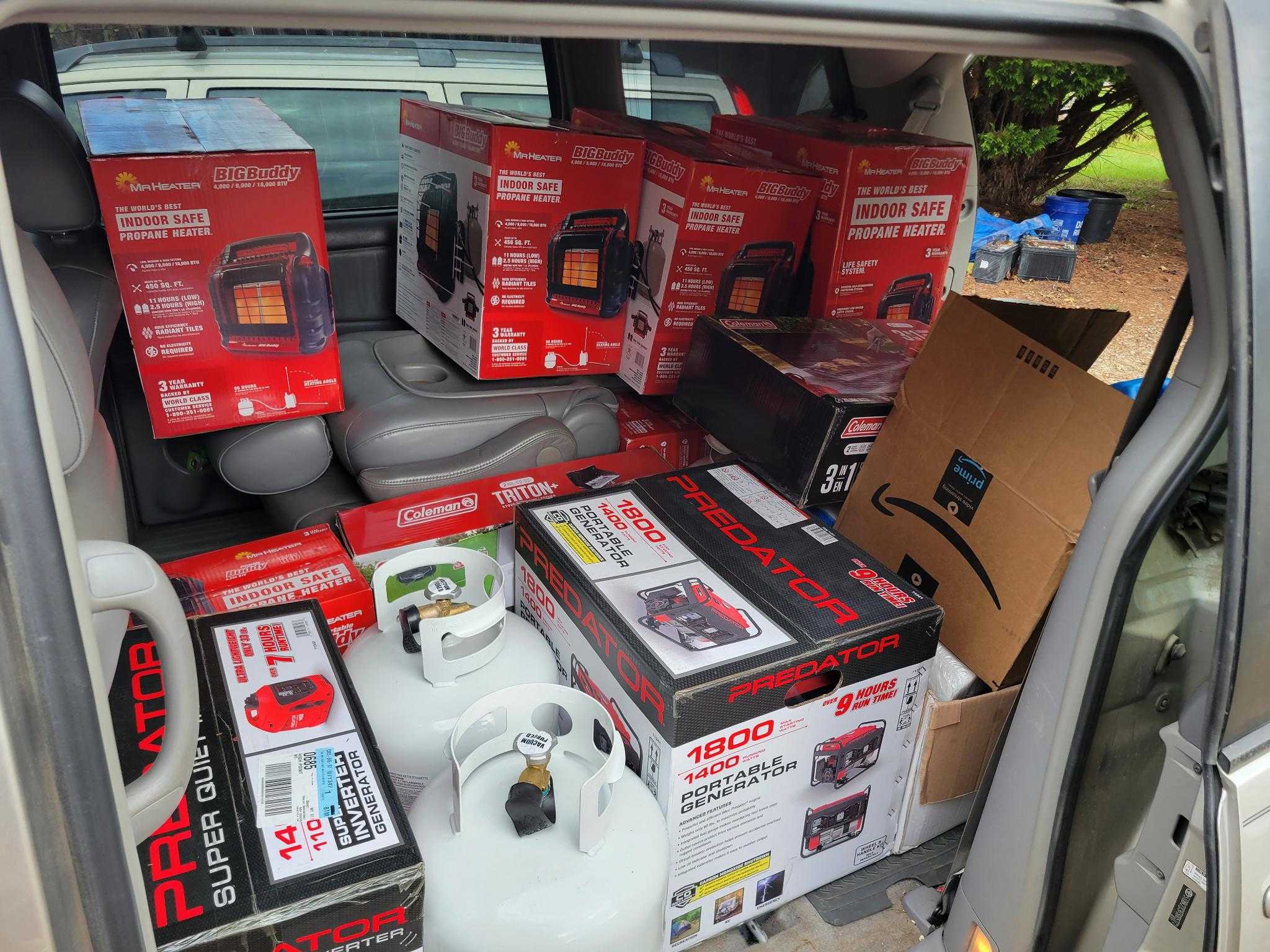 The daily scene in our van :)
The daily scene in our van :)